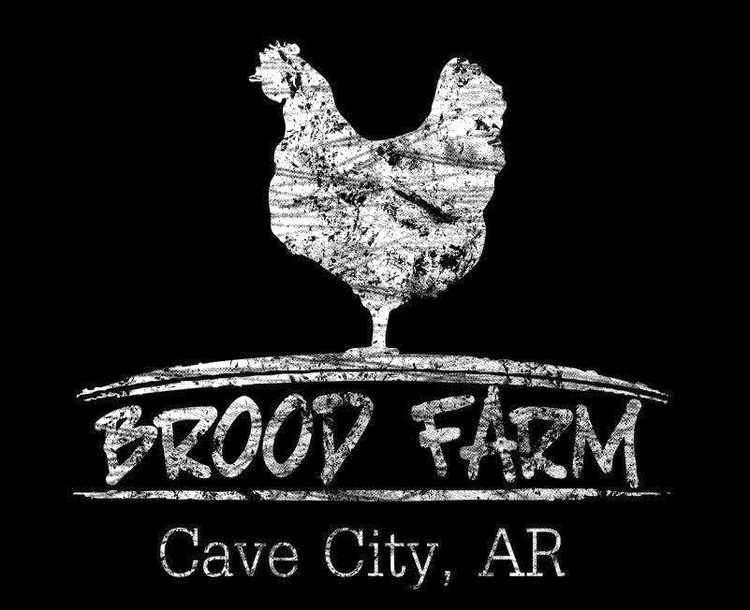If you read this blog for its homestead-related posts, you may just want to x-out and check back tomorrow. This one is definitely on a more personal note.
Last February, I ran a 10K on my treadmill for the first time. It felt great! I'd run several 5K races, had a PR that I thought was respectable, and was ready to kick it up a notch and try out a 10K. But, as soon as I stepped off the treadmill I knew that something wasn't right; by bedtime, I couldn't even walk. The pain in my hip was searing.
Over the next several months, the pain fluctuated between uncomfortable and unbearable as doctors were perplexed by my condition.
I wasn't prepared for how much I would miss running. I'd run track in high school and hated it. Funny, right? My track team was actually really good (we won state three years in a row). Looking back, I've got to give the coaches credit; they really knew what they were doing. Every basketball player was required to run track in the spring. It kept us players in shape during the off-season and ensured that we had a track team well-stocked with athletes. But, I ran grudgingly at times.
And, then, after my injury, once I physically couldn't run anymore, it was all I wanted to do. John and I had taken it back up together some time earlier and it was an activity that we could do together. We'd have some of our best conversations running around the local track in the dark; and one of my favorite runs was a 5K race we ran in the pouring-down rain crossing the finishline together. I also missed the runs I ran alone, weaving my way through quiet neighborhoods before anyone was stirring and the only sounds were those provided by the nature around me. God and I got to spend some quality time together on those kind of runs. And, I confess, I'm a bit competitive. I loved setting new PRs in races. For awhile, I'd even get online and check the results of races I'd run in the past to see how I would've placed if I'd been there. Pathetic, I know.
Eventually, I was diagnosed with a labral tear in my hip that required surgery to repair the cartilage and carve out the abnormal bone structure that had led to the tear.
Further complicating this diagnosis was the benign tumor in the same region that had been discovered during the numerous MRIs I'd had done. If the tumor wasn't stabilized, I'd be at risk of breaking my hip doing just everyday activities.
So, I was scheduled to have the labral repair surgery in November, followed by the insertion of the giant screws pictured above in December to stabilize the bone. 2 surgeries in 2 months.
By mid-January, I was walking again, thanks to lots of physical therapy.
By mid-February, I was allowed to pick up my 2-year-old son again.
And, now, by mid-April, I'm running again. Yep. I'm 2 weeks in to the Couch to 5 K program that gets you ready to run a 5K in 8 weeks. Don't worry. I'm not signing up for any races just yet; I know there could be major setbacks, and I may not ever make it to Week 8. But, for now, I'm loving every footfall.
The inspirational quote on my C25K app today was from Walt Disney: "It's kind of fun to do the impossible."
I realize that my running again is not impossible. I realize that people who've been through much worse than me are able to run again. I've seen awe-inspiring photos in my Runner's World magazine of runners with prosthetic limbs crossing finish lines. But, look at that photo at the top of this post again. That is some serious hardware I'm hauling with me!
Saturday, I set out for a run through a back neighborhood in town. People were mowing, planting, chatting with neighbors. Dogs joined me for short stretches. I saw a woodpecker doing its thing and smelled the distinct scents of various flowers in bloom. And, it was all set to the steady beat of my feet hitting the pavement. It was heavenly. I think I must have said "thank you, God!" 50 times during that run! It's just so good to be back on the road.
So, if you live around here and see me out on the open road, please smile and wave. You'll know me by my out-of-practice gait and goofy grin. I'm just so happy to be doing it!












